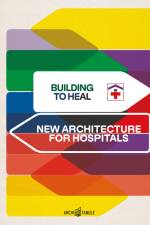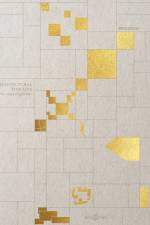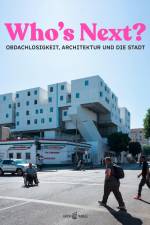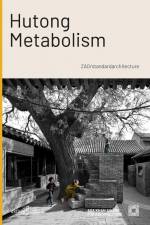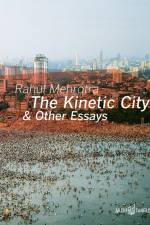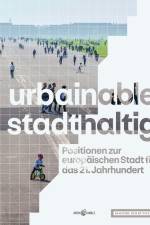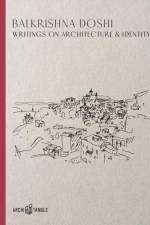von Andres Lepik
48,00 €
Who's Next? Obdachlosigkeit, Architektur und die Stadt Obdachlosigkeit - der Zustand, keine feste Wohnung zu haben - ist ein zunehmendes globales Problem, das auf lokaler Ebene diskutiert und gelöst werden muss und das angesichts der Corona-Pandemie zusehends zu einem gesellschaftlichen Anliegen wurde. In vielen Ländern der Welt war der politische Diskurs der letzten Jahre durch die Haltung geprägt, dass Armut ein persönliches Verschulden ist und dass der Grund für Obdachlosigkeit darin liegt, dass sich die betroffenen Menschen nicht stark genug um eine Unterkunft und eine gesicherte Lebensgrundlage bemüht haben. Auch wenn Architektur das Problem der Wohnungslosigkeit nicht alleine lösen kann, stellt sich die Frage, wie und mit welchem Beitrag sie Einfluss nehmen kann. Oder, genauer gesagt: Wie kann Architektur in Zusammenarbeit mit anderen Berufsgruppen dazu beitragen, Menschen ohne Obdach eine permanente Unterkunft zu verschaffen? Mit Hilfe der Expertise von bundesweiten, regionalen und städtischen Behörden, Nichtregierungsorganisationen, Einrichtungen des Gesundheitswesens und unterschiedlicher akademischer Disziplinen setzt sich Who's Next? Obdachlosigkeit, Architektur und die Stadt das Ziel, diesen realen Umstand zu untersuchen und zu verstehen. Wissenschaftliche Aufsätze, Interviews und die Analyse von architektonischen Fallbeispielen sowie Recherchen über historische und aktuelle Entwicklungen in New York, San Francisco, Los Angeles, São Paulo, Moskau, Mumbai, Shanghai und Tokio liefern verschiedene Ansatzpunkte zum Verständnis von Obdachlosigkeit, und die damit einhergehenden vielfältigen Probleme.Dieses Buch ist ein vielschichtiger Ansatz, dieses Thema in so viele Teile wie nötig zu zerlegen, um die Besonderheiten und die Komplexität einer der dringendsten Krisen unserer Zeit in den Fokus zu rücken.




